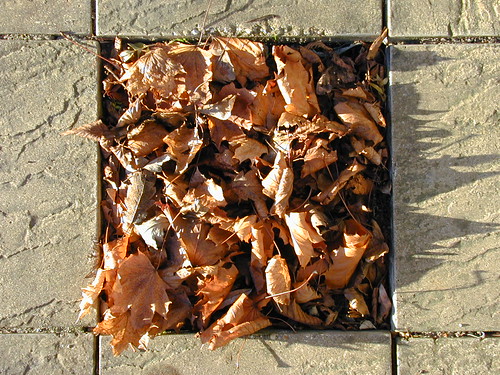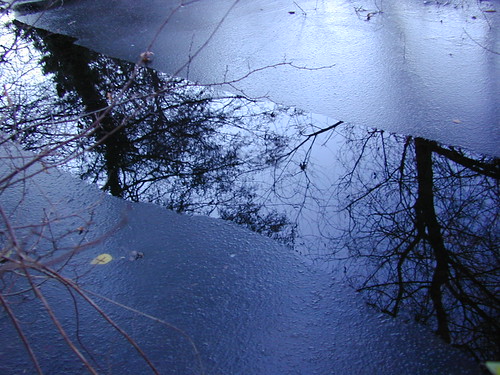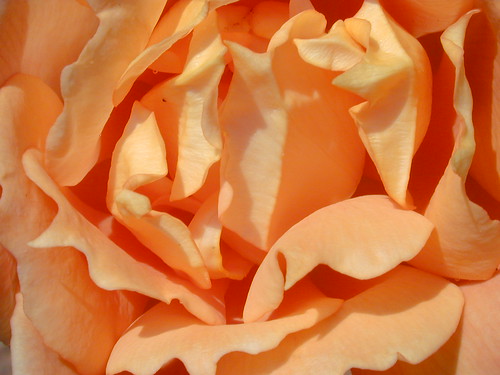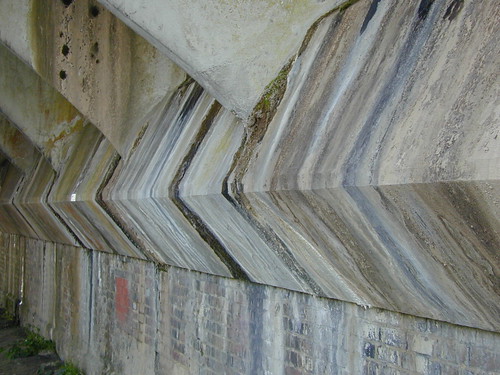Going through the photo backlog. From Jenny's village.
Leaves on the patio in D's sandpit.
Winter river. Christ Church meadow.
Rose. Bridge of Sighs.
Bridge, Cheddington.
More like this
January: Cold in Cambridge (but this is from early-Feb, since I don't have anything terribly good from January.
From The Olde Dayes: 2001, Lammas Land:
Peonies. Beautiful and ephemeral.
We're having a cold snap. About -2 oC, and very still. Possible snow later.






These are very, very good - as the self-produced photos always are here!
[Thanks :-) -W]
It reminds me of something I wanted to ask: are there any truly "wild" animals left in the UK? Excluding of course birds, and rodents (e.g. the stoat, although technically a weasel)? In other words is there an equivalent to what we call here in the US "endangered species"? I would imagine not based on geography and history.
[Tut. Weasels aremustelids, not rodents. I'd say the Scottish wildcat is about the most exciting we have, and http://www.independent.co.uk/environment/the-10-most-endangered-species… seems to agree with me. We slaughtered all the exciting stuff some time ago -W]
ps- I'm 'fraid for this years NH Sea Ice
[Aha, are you? How afraid? Enough for a bet ;-? -W]
wild =! endangered
For large mammals, badgers and deer (various species) fall into the former category. Foxes too. There are probably others. Beavers have been reintroduced recently in small areas. Oh, how could I forget seals and various whales/dolphins. Some wild horses in Wales and maybe elsewhere - but are they really wild, or just feral?
I also think those pics are good - though in contrast to Thomas, I'll go out on a limb and say they are better than usual :-)
[Thanks. Are you J or J? I ought to say somewhere, and here will do, that I appreciate your pix too. Keep them up -W]
Anyone remember Tufty?
The 'wild' horses in the UK such as the Exmoor & New Forest Ponies are near-feral stock. Most are maintained by feeding through the winter & in fact all individuals of both these breeds are privately owned.
There are two native deer, the Red Deer and the Roe, both have healthy stocks (the former is maintained in large numbers on Scottish estates for shooting), in addition there are large populations of the non-native Fallow & Muntjac Deer, and smaller numbers of Sika, Chinese Water and Reindeer.
Other native 'large' mammals include the otter, pine marten & polecat (none common though their UK populations are on the increase), the Brown- and Mountain-Hare and the declining Red Squirrel. Boar, Wolves, Bears and Beavers didn't make it to the 17th century in the UK with Bears huted to extinction by the 11thC, Wolves the 15th & Boar and Beavers the 17th. The latter two have both recently been re-introduced, though in the case of Boar, accidentally from farms...
The UK also has three species of native reptile - the adder, common- and sand-lizard.
There's also the grass snake, smooth snake and (I think it's native) the slow worm.
There are newts too, but I don't think they're reptiles?
I'm glad to get a better picture from these comments. I guess what brought up the question is how Europe has such beauty but in a different way - it all has subtle human elements (hydrological, agricultural, historical) that are inescapable which isn't bad. I've been to parks in Denmark that seem more "magical" to me than deep mountain wilderness here in Colorado.
But Conservation Biology and Sustainablility are limited by history and geography there. Whereas the U.S, has limped forward succesfully towards this cause (so it seems) because of larger geography/diversity/and changing mindsets. We have problems though - government snipers shooting Elk to thin out herds (sedation and installation of birth control was considered). Also, we are developing a real problem with re-introduced Moose in our northern mountains - they are everywhere and this will need to be addressed. My folly was with native fishes. If anyone wants to see some unseen corners of Colorado feel free to see: http://www.flickr.com/photos/nombret
Chris S. | January 28, 2010 4:13 AM Said:
'The UK also has three species of native reptile - the adder, common- and sand-lizard.'
You forgot the grass snake, smooth snake and the slow-worm - a lizard.
Re: Adam & Amoeba. Yes, rather a d'oh! moment - that'll teach me to check my facts before hitting send...
There are three species of UK newt though.
Beautiful photos! William - do you mind if I borrow the river one for teaching? The slush on the edges and open water in the middle is a good illustration of the distribution of velocity and shear stress in a stream.
[Thanks, and yes you're welcome -W]